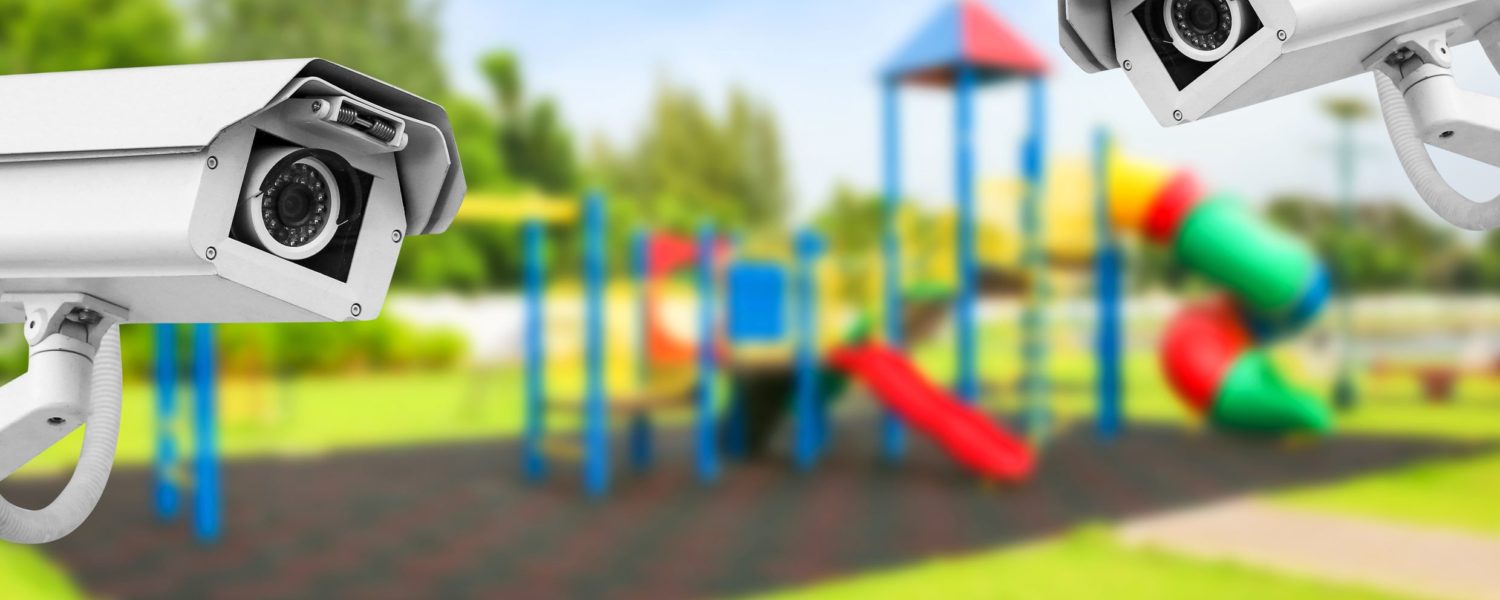By Tom Cook
A video surveillance system is a must for school systems of any size, but their needs will vary. It may be intimidating for schools to find the right comprehensive security solution.
And while public school districts face funding issues for critical projects such as security, it’s often an even larger problem for private Christian schools with limited funding and reduced – or no – access to public security grants and programs.
If your school system is considering deploying a new video surveillance system – or improving an existing one – be sure to focus on the following topics, as they can help your school in its quest to find an effective and affordable solution.
Do Your Research
Research security providers to ensure that you are getting a quality product from a stable company with a solid reputation. There are many questions to ask:
- Do they make their own video cameras or just put their logo on a product another company has made?
- Have the products been tested thoroughly to ensure they do what they promise to do and that they will stand the test of time?
- Do they offer a warranty? Is it a standard 3-year warranty or a better 5-year warranty?
- Do they have references? Have they installed a system in a school similar to yours?
- How long has the company been in business? Are they a market leader?
Pick the Right – Not Just the Cheapest – Cameras
Schools are known for choosing the lowest bid. It’s understandable when dealing with limited budgets. However, when choosing a video surveillance solution, it’s essential to evaluate each system component for its value and not just its price.
Quality manufacturers will offer a variety of product lines that together can provide a comprehensive solution. Every video surveillance camera at a school doesn’t have to be 5 megapixels, but some should be.
Cameras that are placed outdoors to cover parking lots or playgrounds need to work in low light conditions and therefore might have a higher resolution or additional features that raise the price. A school might be able to manage with lower megapixel cameras indoors in hallways or cafeterias where lighting is typically better.
A knowledgeable sales representative or systems integrator should be able to provide a breadth of options when it comes to addressing the varying needs of the system.
Make Sure the Video Management System is Easy to Use
Educators aren’t security experts, which is why it’s essential that the video management software (VMS) that manages the school’s video cameras is easy to use.
Day-to-day usage might include monitoring entrances and exits; managing arrival and dismissal; or emailing video clips of incidents.
The VMS should be simple, customizable, reliable, and require very little training. It should also be accessible from the variety of devices that are typically used in a school setting – PCs, Macs, and Apple or Android smartphones and tablets.
In the event of an emergency – like the tragic school shootings that have unfortunately taken place at schools across the country with increasing regularity – access to school video surveillance camera streams should be quickly shared with local authorities.
Camera manufacturers now include analytics in video cameras that can immediately set off a chain reaction that can notify law enforcement or 911 automatically upon gunshot or glass break detection.
With a good VMS, you can incorporate its use into your campus crisis plan by making plans to share camera access with law enforcement during an emergency.
Choose Video Surveillance That Works With Other Security Systems
While video surveillance is an important aspect of school security, it is just one part of a comprehensive security solution. Video surveillance, access control, emergency announcement intercoms, panic buttons, fire alarms – each component plays an important role.
The advances in the integrations of these systems has been impressive. Using the earlier example of a school shooting, the instant a gunshot is detected by the video camera’s onboard analytics, it can set off a life-saving chain of events via a variety of integrations: emergency services are alerted and protocols are triggered to help school administrators and authorized personnel make the appropriate decisions such as putting the school’s doors in lockdown; initiating emergency status announcements over the Public Address system; setting off strobe lights throughout the building; sending direct messages to teachers’ smartboards and emergency notification texts and emails to administrators, security officers and local law enforcement.
By researching companies and choosing the best solution that’s easy for your employees to use and that integrates with other systems, you’ve made an important step towards the safety and security of your students, employees and campus.
Tom Cook is the senior vice president of sales for Hanwha Techwin America, a leading global supplier of solutions for IP and analog video surveillance for a variety of markets, including education, www.hanwhasecurity.com.










